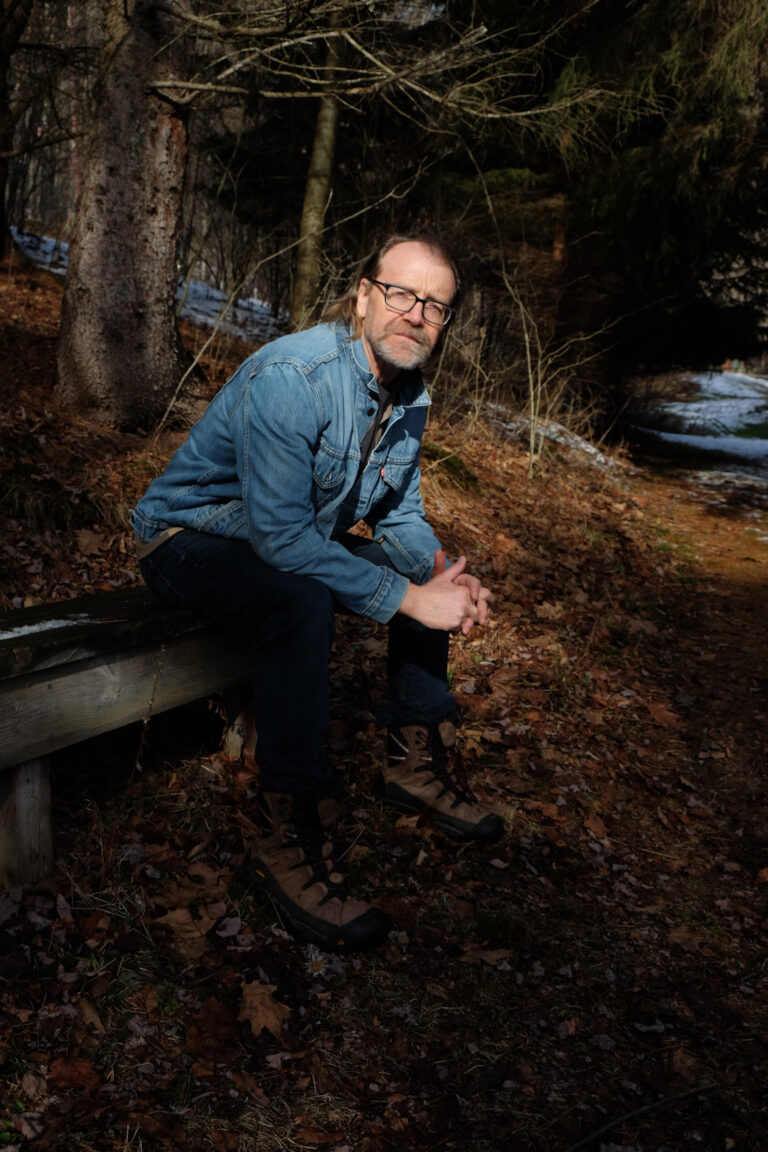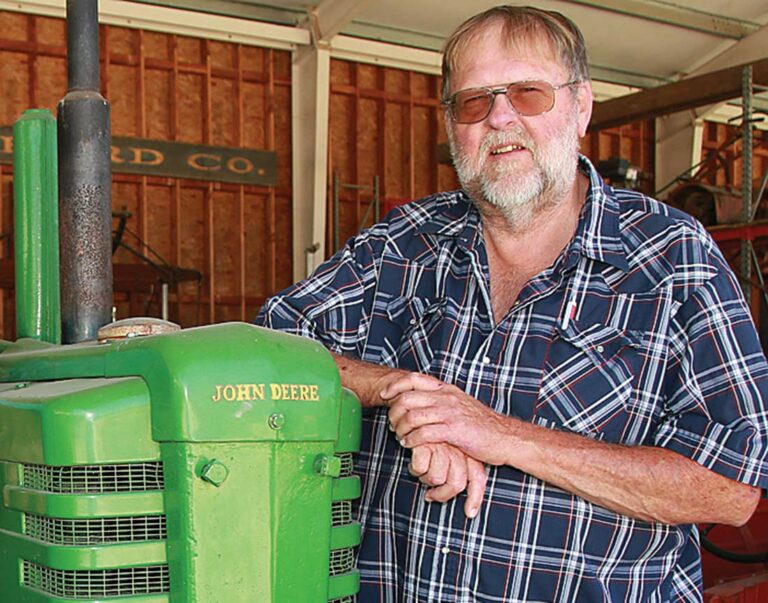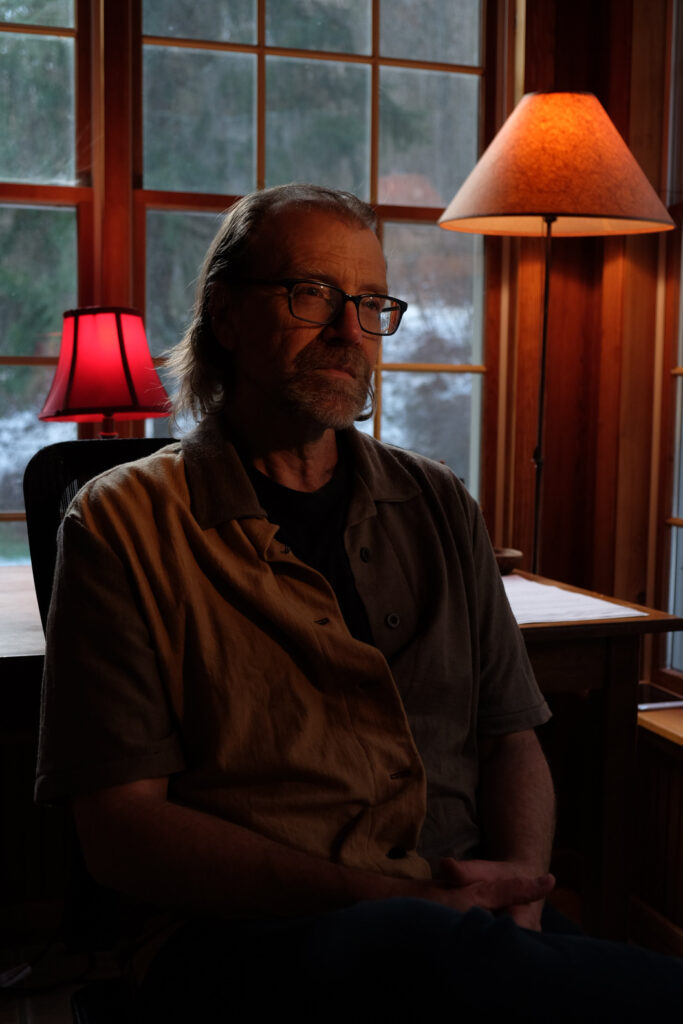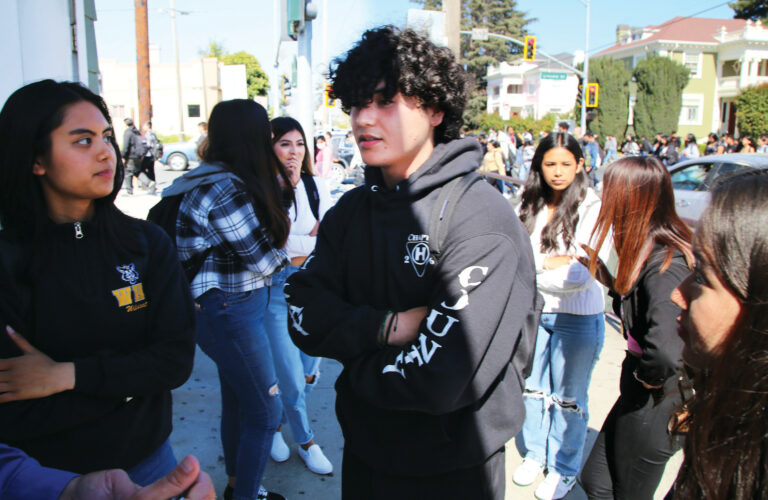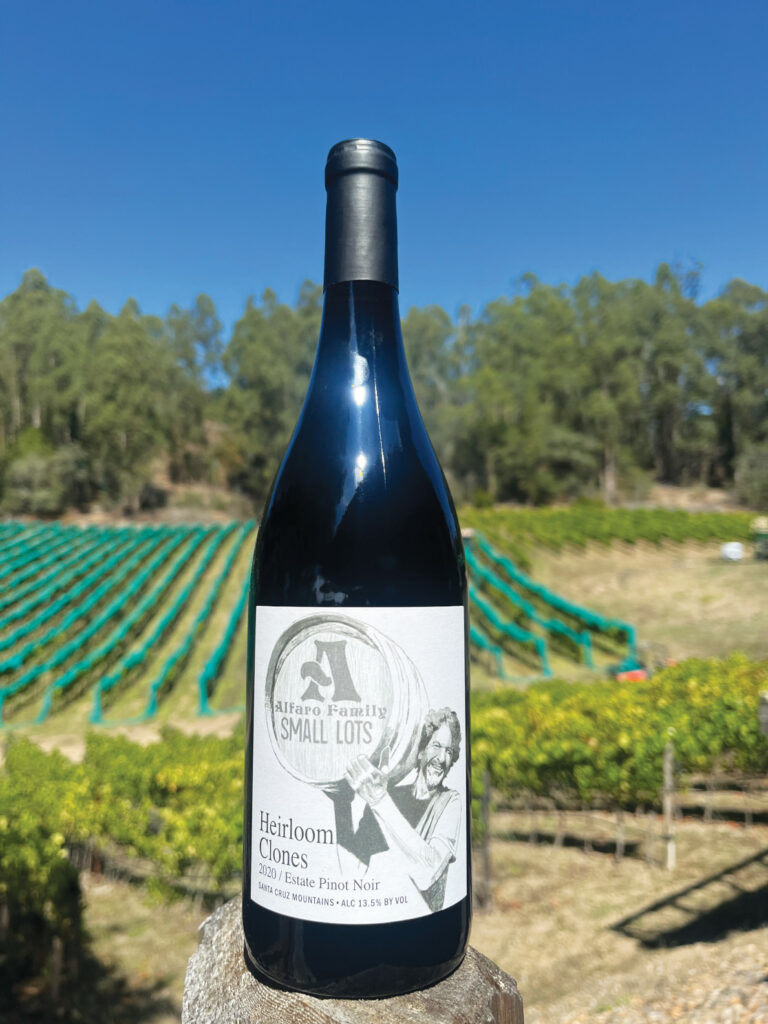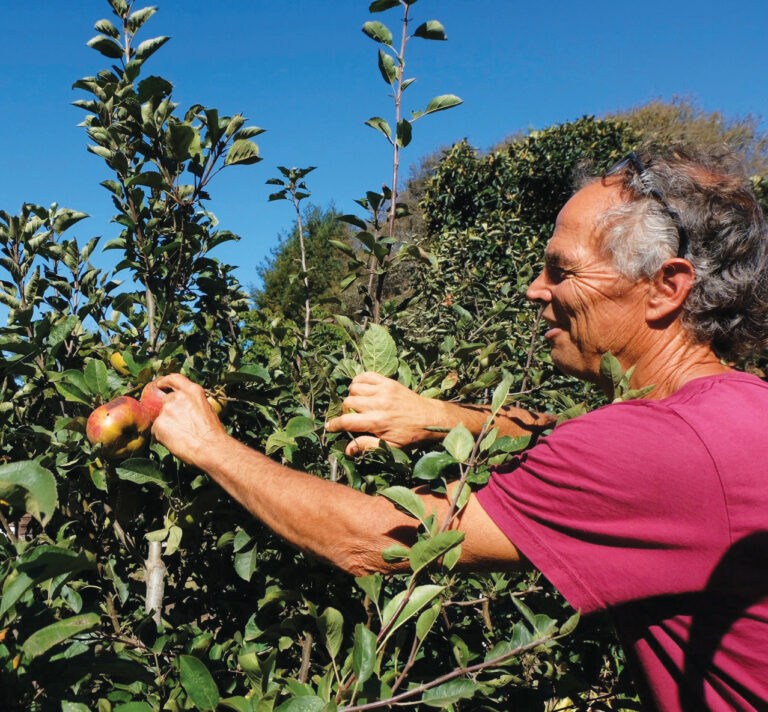As Santa Cruz’s city staff and consultant team finished up their presentation on the Downtown Plan Expansion process and readied to open up the public comment portion of the virtual Sept. 28 scoping meeting, Bill Wiseman of planning and design firm Kimley-Horn reminded attendees that the purpose of the session was to discuss the environmental impact report (EIR) the city is about to prepare for its much-discussed vision of downtown’s future.
It was, as Wiseman said, not necessarily a venue to discuss the pluses and minuses of the project.
“Those are going to be considered at later meetings as we go through the public hearing process … the development plan is not fixed,” Wiseman said. “It’s an evolutionary process and we’re certainly going to come back for more dialogue.”
This announcement did little to dissuade about a half-dozen callers from sharing their reservations about the proposal that, at this time, calls for the addition of 1,800 housing units, 60,000 square feet of commercial space and a new 3,200-seat stadium and entertainment arena—the proposed long-term home of the Santa Cruz Warriors—on roughly 15 acres of parcels just south of Laurel Street.
Some said that the current plan would further worsen gridlock traffic on the city’s most frequented connection between downtown and Main Beach. Others said that the proposed allowable building heights of 50-175 feet—the tallest building being 17 stories—would ruin Santa Cruz’s skyline. One person said that the proposal would make Santa Cruz look like a “little San Francisco.”
“I’m actually really, really scared of what it’s going to be like to live in this town,” Susan Monheit said at the recent meeting.
For city staff, these comments are nothing new. Ever since the proposal came to the Santa Cruz City Council in June, there has been buzz about “skyscrapers” taking over the city. A blog post from Bratton Online writer Gillian Greensite, a local environmentalist, stirred up the conversation on social media, largely because of its visual content. The punchy piece featured an artist’s rendition of a towering and blocky 20-story building recently constructed in New York. Greensite, who has fought many housing projects in Santa Cruz over the years, wrote about how the Downtown Plan Expansion project, and those that have supported it, didn’t “care much about losing the character, feel and sense of place that is Santa Cruz.”
When asked about these concerns, Santa Cruz City Manager Matt Huffaker said that addressing these worries is at the heart of the proposed expansion of downtown.
“It is possible to support responsible and intentional development, with the housing that our community desperately needs, while also preserving the eccentric charm that makes Santa Cruz special. It’s not one at the cost of the other. It can and should be both,” he wrote in an email. “I would contend that the real threat to Santa Cruz and the quality of life for those striving to make a living and raise a family here, is the lack of available and affordable housing. The ripple effects are enormous. Many of the greatest challenges our community is facing from homelessness to our eroding local workforce and skyrocketing cost of living all ties back to housing.”
Why Downtown?
A little more than a year ago, Santa Cruz applied for and received a grant to reimagine roughly 29 acres of land just south of Laurel Street, downtown’s current official southern boundary. The city embarked on this project, says Lee Butler, Santa Cruz’s director of Planning and Community Development, to accomplish three things: sustainable housing production, preservation of community character and economic stability and growth.
Earlier this year, the city received the news that it must plan to accommodate 3,735 new housing units over the next eight years. That number was five times larger than what the Association of Monterey Bay Area Governments—the regional body that sets how much housing each community is responsible for—had assigned to Santa Cruz during its previous eight-year, state-mandated Regional Housing Needs Allocation (RHNA) cycle.
The drastic increase, says Butler, prompted an all-too-familiar question: How could Santa Cruz make a serious dent in its RHNA (pronounced “ree-na”) numbers without altering some of the city’s iconic suburban neighborhoods? It’s a question that municipalities across California are weighing as the state continues to put pressure on local governments to address low housing stock. Most cities are coming to the same conclusion as Santa Cruz: Build the homes downtown, where the amenities are aplenty.
“With [downtown] being the most sustainable place to grow in the region, we wanted to make sure we’re really taking advantage of that opportunity and making sure that we don’t look back a few decades from now and say ‘that was a missed opportunity,’” Butler says. “We don’t want to say, ‘We could’ve really grown in a sustainable location, right next to the transit, in close proximity to the jobs, and grocery stores and entertainment.’ That’s what we’re trying to do as part of this plan.”
After all, Butler adds, although the Downtown Plan Expansion is indeed a way to progress toward their lofty housing goal, it’s important to remember that’s only one piece of the puzzle. The other major objective, he says, is to spur economic growth by leveraging the city’s major tourist attractions: the Santa Cruz Beach Boardwalk, Main Beach and the Wharf.
As it stands today, the project also proposes street and alleyway alterations that seek to create better natural connections between downtown and the coast. For instance, the plan includes improvements to the famed Cliff Street overlook and the sidewalks on Cliff Street leading down to Beach Street.
“What we’re aiming to do with this is provide tangible, visual connections—both in terms of structures and infrastructure improvements—that draw people from the beach area to the downtown,” Butler says. “I mean, we have millions of visitors [to the beach] every year, and many of them don’t know how great our current downtown is. So if we can just draw a small fraction of those visitors to the downtown, they will then say, ‘Hey, let’s stay here,’ ‘Let’s grab a drink’ or ‘Let’s get dinner’ before they head home.”
Warriors, Come Out and Play
Keeping the Santa Cruz Warriors here by helping them and the Santa Cruz Seaside Company, which owns the land Kaiser Permanente Arena sits on, is also a key goal of the Downtown Plan Expansion project, Butler adds. This, however, has proved somewhat controversial, as it is one of the major drivers behind the plan’s proposed increased height limits that have ruffled locals’ feathers.
The Seaside Company, which also owns and operates the Santa Cruz Beach Boardwalk, owns two of three blocks that the Santa Cruz City Council at a June meeting identified as so-called “flex zones.” This includes two flex zones on the parcel that currently houses KP Arena and another on the northern half of the parcel across the street, where Wheel Works currently sits. The two zones on the KP Arena lot would allow for two buildings of up to 150 feet and the Wheel Works lot flex zone would allow the construction of a 175-foot building.
Both Butler and Santa Cruz Warriors President Chris Murphy tell GT that the goal is to construct the arena without a dime of public funding. To accomplish this, however, Murphy emphasizes that the city’s Downtown Plan Expansion must give the Seaside Company and Warriors the opportunity to fund the multi-million dollar project as a portion of a much larger project that includes commercial spaces and several hundred housing units, including a significant number of affordable units.
“The Santa Cruz Warriors business doesn’t have the ability to fund the arena on its own,” Murphy says. “That’s why we’re looking at it as part of a larger project.”
Murphy says the current tent-like facility that was built in a matter of 78 days is supposed to last 15 years. But he explains that while it still has another five years left in its planned lifespan, the venue is outdated. This is especially true, he says, if one takes into account how much the G League has progressed since the Golden State Warriors moved their development team from North Dakota to Santa Cruz in 2012—this past year, 41% of players on NBA start-of-season rosters had G League experience.
Murphy says the storage container locker rooms at the back of the stadium are insufficient, and the lack of practice facilities and a weight room are also an encumbrance for the franchise.
“The fan experience and the people we put in there, that piece is the best in the league, but I think as we think about the fact that we exist for basketball development and helping professional athletes continue to improve and get to the next level, our facilities are pretty subpar,” says Murphy, adding that even as a performance venue, KP Arena falls short because, among other things, it doesn’t have a kitchen.
While there are still several details to be determined around the arena, it is clear that Santa Cruz is playing ball.
Current plans have set aside a large parcel between Pacific Avenue and Front Street for the new stadium, which Murphy says would be more than just a basketball arena, welcoming in other live performances, from comedy shows to concerts—he says they’re in discussions with the Santa Cruz Symphony to make the arena their permanent venue, too.
Butler says that losing the Warriors, who have not publicly voiced any intentions of leaving, would be a devastating economic blow for downtown and the city at large at a moment when the corridor is starting to bounce back after losing around 30 businesses over the first year of the Covid-19 pandemic.
Neither Murphy nor Santa Cruz’s Economic Development Director Bonnie Lipscomb had data on the Warriors’ economic impact on local businesses, but the latter says that there is no question that the team provides a boost to local restaurants and bars on game nights. They have also contributed some $750,000 to the city’s general fund via admissions tax.
Investigation Begins
In her comments during the Sept. 28 meeting, Greensite jumped back into the fray multiple times to say that the city must study how the addition of 1,800 housing units will impact the traffic on Front Street heading toward the beach—which, she adds, is a mess during weekends when visitors travel over the hill to cool off.
“This has nothing to do with ‘Not in my backyard.’ It has nothing to do with that,” Greensite said, referring to the moniker commonly slapped on anti-development groups. “It’s the nature of this area.”
Other callers asked for the city to thoroughly investigate how the proposed growth would impact water use, and some said that because the larger buildings would be closest to the San Lorenzo River Levee, a soil and geological study is needed to determine if the area can support the additional load.
But most callers focused on the same two issues—the proposed height of buildings, and increased traffic.
Laura Lee said that the additions do little to improve the quality of life for existing residents. And, she added, moving forward with the plans would slowly begin to erode the reason why residents choose to live here, and tourists elect to visit: the small, eclectic feel of the city.
“We don’t live here to live in Los Angeles or San Francisco. We live here because we have beautiful trees, we can go to the ocean, we can enjoy the birds and we can have friendly neighbors,” she said. “I don’t feel like you’re really listening. I feel like you’re just going along and doing what you want for the city. People I talk to are not interested in making this San Francisco. And it’s upsetting.”
The final Downtown Plan Expansion document is still several months away from completion—public hearings won’t start until the fall of 2023—but now is the time for the public to task city staff with items to investigate during its preparation.
And while the city, in its Notice of Preparation, has already stated it will investigate several aspects of plan’s impacts, including how increased building heights might impact the aesthetics of the area, it is still encouraging residents to reach out with suggestions, which are due by Oct. 17.
For information on the Downtown Plan Expansion, visit cityofsantacruz.com/downtown.




